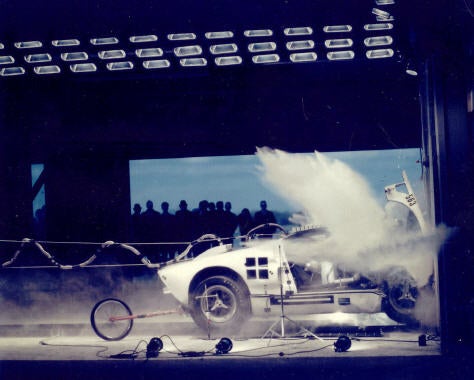I know that this isn't a subject too popular with most drivers. But if you are on a public road you have to think about the impact resistance of a car. I know that there is a lot of data on speed and horsepower etc. But I was wondering if the various kit makers could give us an idea of how impact resistant their cars are in terms of protecting the driver.
In particular would the various manufacturers like to comment on:
1. Head on crash resistance in terms of driver safety.
2. Side on impact on the drivers door.
If the manufacturers could tell us just how safe their cars are compared to an ordinary street car that would be a help -and also what they are doing in the way of developing on going enhancements to ensure driver safety.
Its just the one thing most people will agree on, there are a lot of idiots on the roads out there and you can't always avoid them.
In particular would the various manufacturers like to comment on:
1. Head on crash resistance in terms of driver safety.
2. Side on impact on the drivers door.
If the manufacturers could tell us just how safe their cars are compared to an ordinary street car that would be a help -and also what they are doing in the way of developing on going enhancements to ensure driver safety.
Its just the one thing most people will agree on, there are a lot of idiots on the roads out there and you can't always avoid them.


